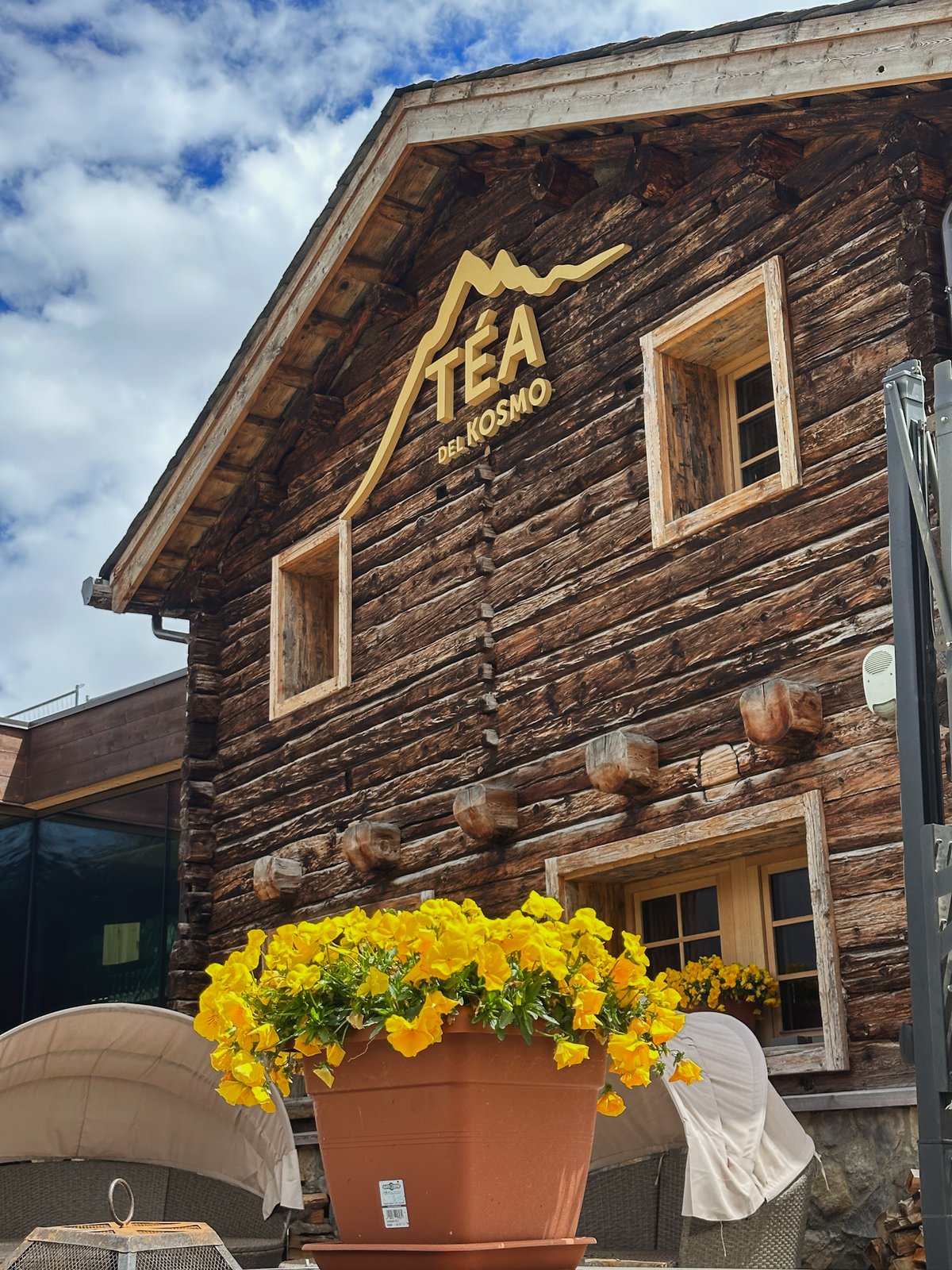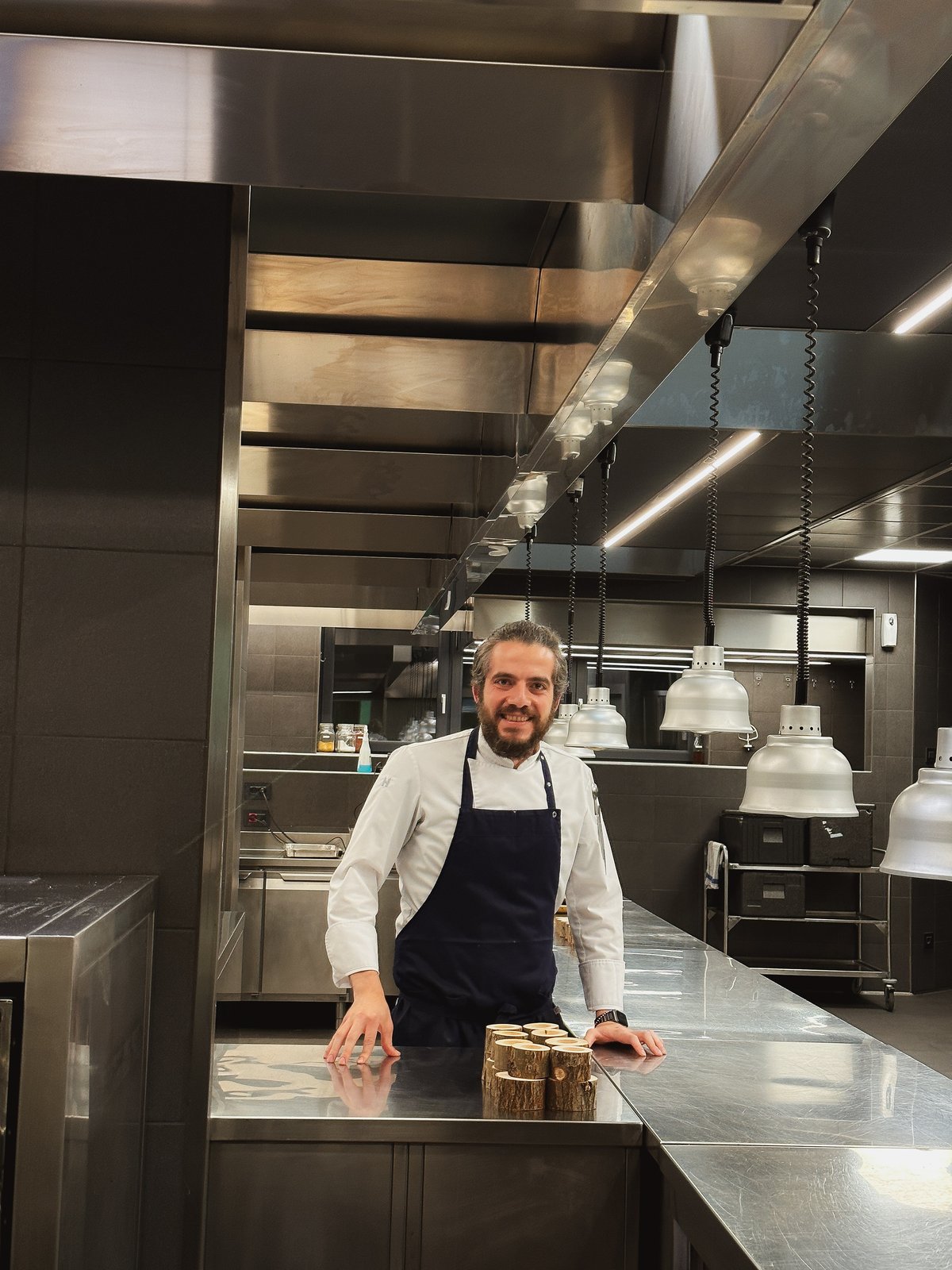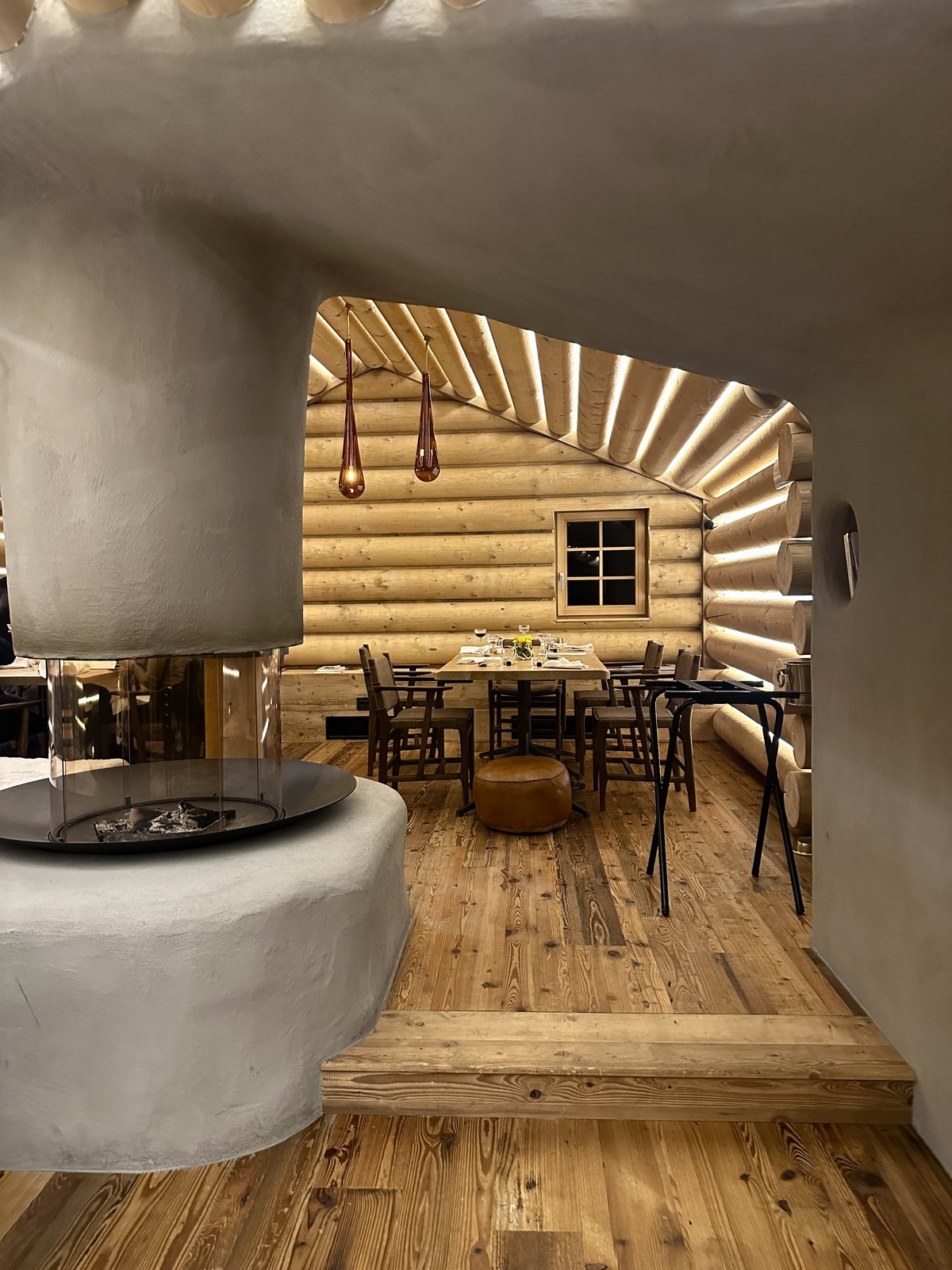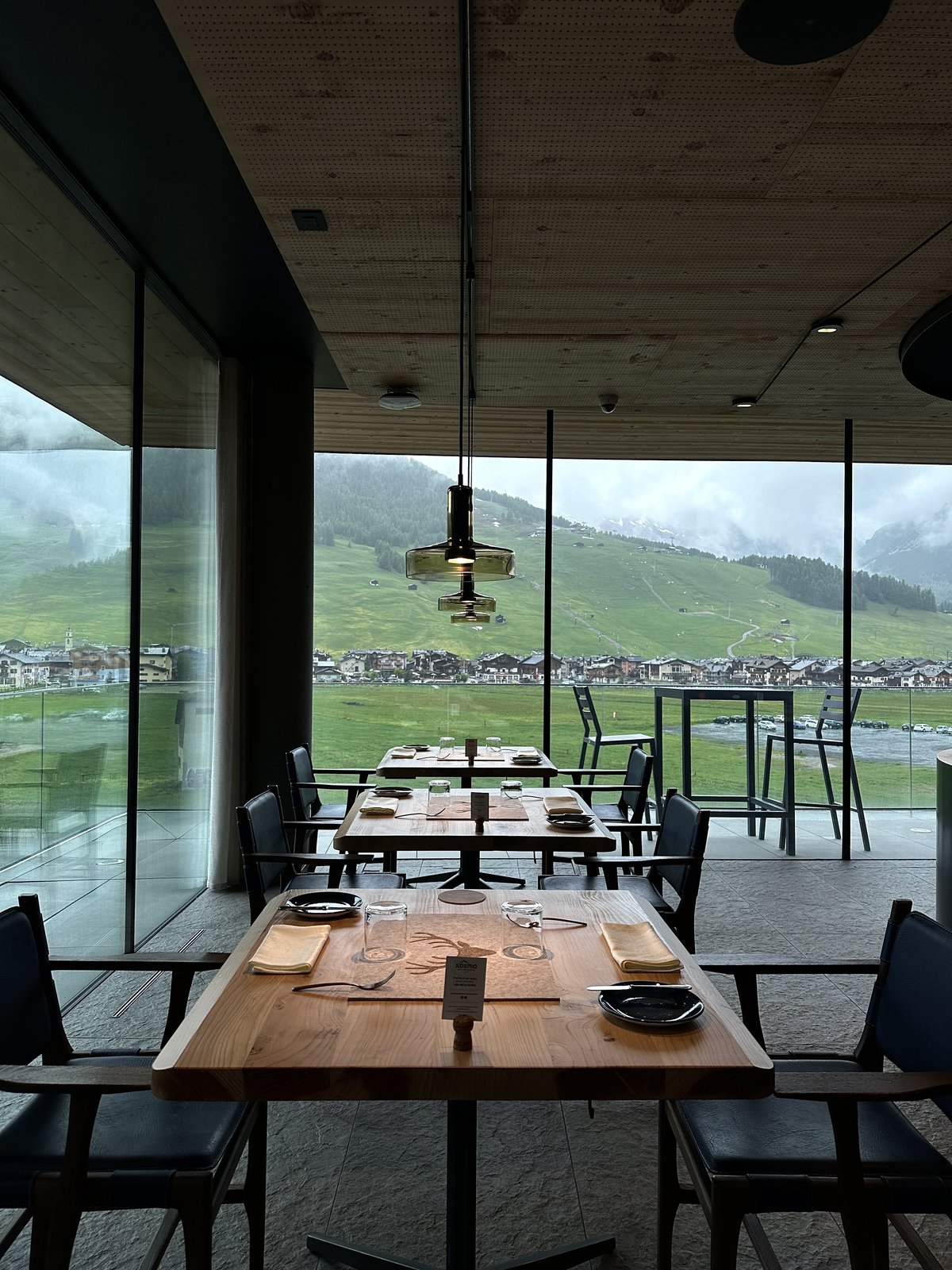Téa, Livigno’s fine dining rising star in the run-up to the 2026 Winter Olympics
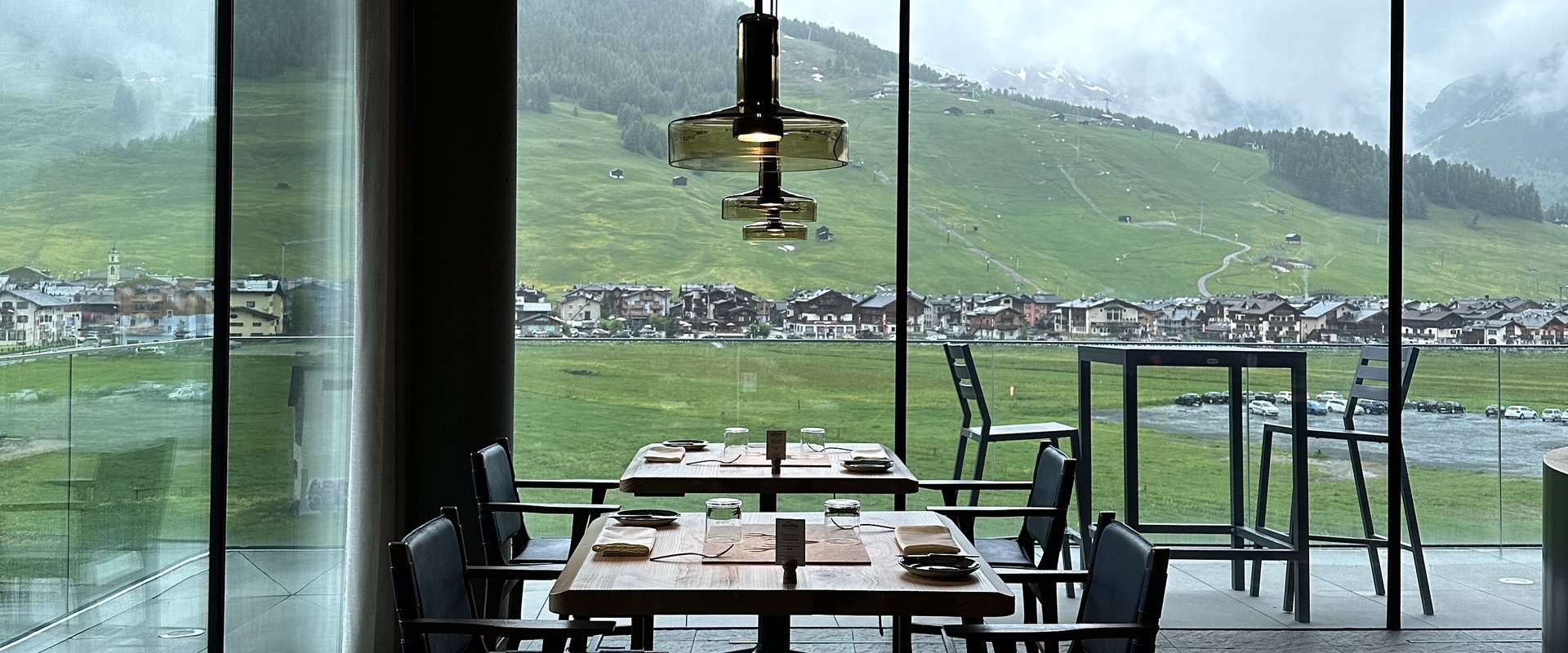
Perched high in the Italian Alps, at over 1,800 metres above sea level, Livigno has historically remained isolated due to its hard-to-access location and harsh winters. Up until the late 20th century, access to Livigno was pretty limited. This challenging environment has long been reflected in the local cuisine with villagers consuming simple hearty dishes, created with sustenance in mind for the long, bitter winters.
Staples such as buckwheat, potatoes, dairy, Bresaola from the Valtellina Valley and Bitto cheese are prevalent ingredients in classic Livigno cuisine. This simple yet nourishing produce is incorporated into traditional dishes such as pizzoccheri buckwheat pasta with potatoes, cheese, and greens, and cheese-filled sciatt buckwheat fritters. Over time, as Livigno became more easily accessible, the culinary scene within the town began to develop. In 2009, Livigno earned its first Michelin star thanks to chef Mattias Peri at Chalet Mattias, a turning point in elevating the local restaurant culture. Sadly chef Peri passed away in 2015, but his legacy lives on as does his impact on Livigno’s gastronomical reputation.
In recent years, Livigno cuisine has begun to move toward sustainable mountain gastronomy, championed by chefs such as Norbert Niederkofler. This culinary style has gained prominence, highlighting local flavours and environmentally conscious practices.
These days, Livigno is a thriving tourist destination, well known for its high-quality ski resorts. Further attention will be bestowed on this previously unassuming village, as it plays host to the 2026 Winter Olympics. Over the decades, Livigno has evolved, along with its dining scene. Téa of Kosmo, which opened in July 2023, is part of this evolution. It is the sibling of Kosmo Taste the Mountain, a casual restaurant launched a few years ago.
Both dining venues are housed in the newly renovated Mottolino Fun Mountain, the first private project completed in preparation for the 2026 Milan-Cortina Olympics. With an investment of over €11 million made by Mottolino, the dining offerings are just one aspect of a broader vision to elevate tourism experiences in Livigno.
Kosmo Taste the Mountain became the first venue to introduce the concept of sustainable mountain cuisine to Livigno, offering a culinary experience focused on Alpine products, while Téa of Kosmo pushes the boundaries of Alpine cuisine further, offering only a tasting menu. Being integrated into the Mottolino complex, the Kosmo restaurant serves visitors who may be visiting the complex for a variety of reasons; to ski, to work, or for leisure, however, Téa is a little different. It is less frequented by the locals, being perhaps a choice for a special occasion rather than a regular haunt, and more so by the travelling gourmands.
Under the direction of Siria Fedrigucci, along with chef Michele Talarico and sommelier Giada Rosa, Téa of Kosmo has fully embraced Norbert Niederkofler’s ‘Cook the Mountain’ philosophy, focusing on sustainability, locally sourced ingredients, and minimising food waste.
At Téa, Talarico, who previously worked at Norbert Niederkofler's three-Michelin-starred Alpine restaurant, St. Hubertus—renowned for its world-class mountain gastronomy—steers away from merely refining traditional Alpine dishes. Instead, he interprets Valtellina and its artisans in his own creative way.
During the summer, alongside a classic tasting menu, the restaurant also offers an intriguing vegetarian menu, with dishes showcasing the hidden potential and possibilities of a single vegetable. The team works hard to maintain an ecological balance, with an understanding of the scarcity of local produce in this harsh climate, and so they endeavour to preserve these precious ingredients, to ensure a successful reopening at the end of October.
At Téa, chef Talarico and Kosmo Taste the Mountain director, Siria Fedrigucci, work closely together, building strong relationships with local producers throughout the Valtellina region. Téa’s meat, such as the goat and black pig is all farmed in the local area. Eggs are collected from hens that roam freely in the woods near Morbegno and the cheeses and charcuterie are sourced from Federia Livigno. The buckwheat, a staple of the region, is obtained through a collaboration with the So.la.re.s Cooperative of Bormio, a scheme which employs disadvantaged individuals and grows local buckwheat that is not only superior in organoleptic qualities but also more nutritionally complete. “The indigenous Valtellina buckwheat is not only better in terms of organoleptic characteristics, but it’s also healthier due to its superior nutritional qualities. We mill it ourselves, and it’s currently used for breadmaking and various types of pasta,” explains Talarico.
Despite the challenges of sourcing ingredients from the limited terroir, Talarico remains optimistic, pointing out the growing interest among younger generations entering the culinary field. Currently, a small mill at Mottolino grinds the native Valtellina buckwheat used in dishes such as Valtellina soba - buckwheat noodles, paired with a rich vegetable scrap broth and lentil shoyu, a popular dish at Téa.
Japanese inspiration is also present in chef Talarico’s preparation of chawanmushi which uses dandelion extract and oil. "When I first made this dish, the first thing the dandelion made me think of was extra virgin olive oil. Being from Puglia, this instantly took me home" he says.
So far, he’s made only one trip to Japan, where he spent nearly a month learning and researching. But there’s still much more to see, and he dreams of discovering many more techniques through his travels. Travelling also means exploring mountain cuisines from around the world, such as the gastronomy of the Peruvian Andes, a cuisine made distinctive with the use of unique mountain herbs and vegetables.
The influence of mentor Norbert Niederkofler is subtle but profound, with occasional collaborations between Téa’s team and Niederkofler’s flagship restaurant, Atelier Moessmer. One such event, Abbraccio della Montagna, brought together chefs from Valtellina and Val Pusteria, showcasing dishes that maximised every ingredient, such as the humble carrot, taking it to another level through multiple cooking techniques. The carrot is first steamed and then grilled to give it a smoky flavour. The sweet and sour sauce is made from irregular carrots from the garden, those that are less aesthetically suited for a gourmet dish, emphasising the ‘no waste’ ethos. Its skin is transformed into crisps, and a powder made from leek is added as the finishing touch. A brioche is served on the side, perfect for scooping up the glaze, and on the side, you’ll enjoy a fermented carrot drink. Chef Talarico shares with us that the carrot dish will remain on the new menu when it is launched in December, when another signature dish will also remain - cazzoncelli filled with wood-fired slow-cooked rabbit topped with river prawn carpaccio and glazed with lentil shoyu and prawn bisque.
This commitment to innovation, sustainability, and local traditions ensures that Téa will continue to push the boundaries of Alpine cuisine while honouring the region’s rich culinary heritage.

